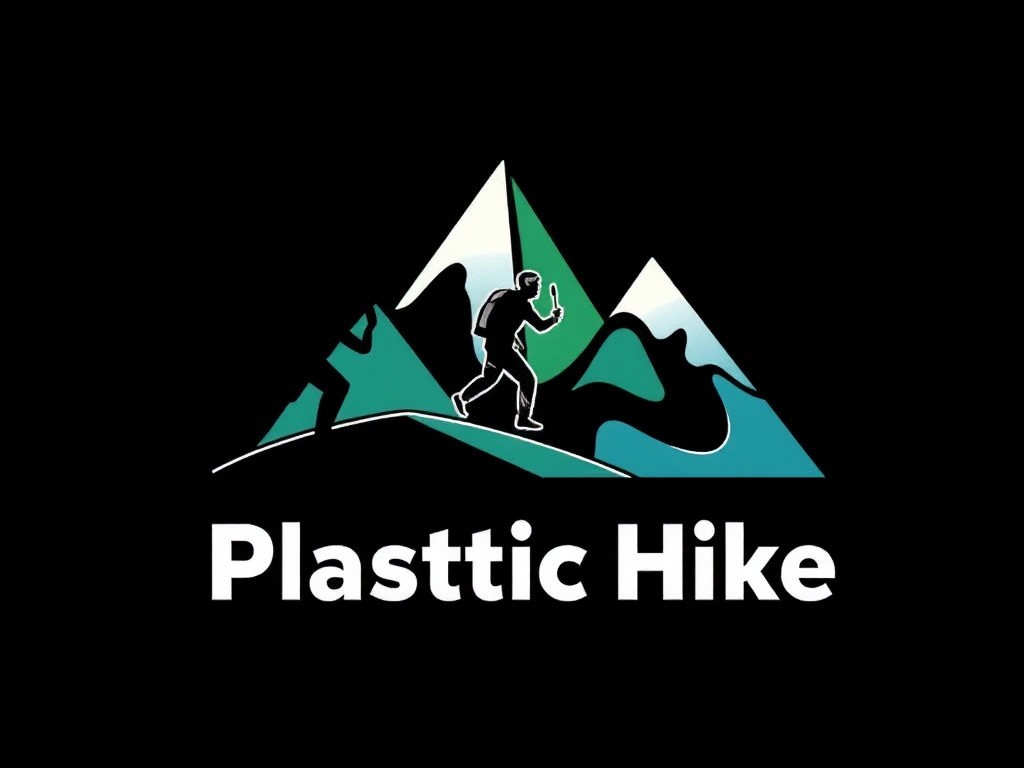Ultimate Guide to Exploring the Colosseum in Rome Easily
If you’re planning a trip to Rome, one of the must-visit attractions is undoubtedly the Colosseum. This ancient amphitheater is not only a symbol of Rome but also a window into the city’s rich history. Here’s a comprehensive guide to help you make the most of your visit to the Colosseum.
Planning Your Visit
Before you embark on your journey to the Colosseum, it’s essential to plan your visit carefully. Here are some key points to consider:
Also read : Unwind and recharge: explore yoga retreats in london
When to Visit
The best time to visit the Colosseum is early in the morning or late in the afternoon to avoid the crowds. If you’re looking for a more relaxed experience, consider visiting during the off-season (usually from October to March)5.
Tickets and Tours
To ensure a smooth and enriching experience, it’s highly recommended to book your tickets and tours in advance. Here are a few options:
In the same genre : Best strategies to visit the colosseum in rome effortlessly
- Guided Tours: Opt for a guided tour that includes skip-the-line tickets to the Colosseum, Roman Forum, and Palatine Hill. These tours are usually 3 hours long and provide invaluable insights into the history and significance of these sites\2\4.
- Roma Pass: Consider purchasing a Roma Pass, which grants you free entry to the first two attractions you visit, including the Colosseum, and discounted tickets for subsequent attractions5.
Tour Type
Duration
Inclusions
Price Range
Guided Tour with Skip-the-Line Tickets
3 hours
Colosseum, Roman Forum, Palatine Hill, Arch of Titus, Temple of Julius Caesar
€56 - €84 per person
Self-Guided Visit with Roma Pass
Self-paced
Colosseum, Roman Forum, Palatine Hill (free entry with Roma Pass)
€28.50 - €38.50 per person (Roma Pass)
Colosseum Underground and Arena Floor Tour
3 hours
Colosseum underground chambers, arena floor, Roman Forum, Palatine Hill
€64 - €80 per person
Getting to the Colosseum
The Colosseum is located in the heart of Rome, making it easily accessible by various means of public transportation.
By Metro
The closest metro stop is “Colosseo” on Line B. This is the most convenient way to reach the Colosseum, with the exit leading directly to the monument1.
By Bus
You can take buses 51, 75, 85, 87, 117, 118, or the night bus NMB to the “Colosseo” stop1.
By Tram
The tram line 3 also stops at “Piazza del Colosseo”, right in front of the Colosseum1.
What to Expect During Your Visit
The Colosseum
The Colosseum, or Amphitheatrum Flavium, is the largest amphitheater in the Roman world, built between 70 and 80 AD under the emperors Vespasian and Titus. This iconic structure hosted various events, including gladiator battles, animal hunts, and public spectacles. Here are some highlights of your visit:
- First and Second Tiers: Explore the areas originally reserved for Rome’s elite classes. Your guide will explain the history and significance of these levels\2\4.
- Underground Chambers: If you opt for a tour that includes access to the underground chambers, you’ll learn about the complex system of pulleys, counterweights, and ramps that were used to stage the events. This area also housed gladiators and wild animals before they were lifted to the arena floor4.
- First Tier: Originally reserved for the Roman elite, this level offers a glimpse into the lives of ancient Rome's upper class.
- Second Tier: Here, you'll find more seating areas and can imagine the roar of the crowd during ancient events.
- Underground Chambers: Explore the hidden world beneath the arena, where gladiators and animals were prepared for their battles.
- Arena Floor: Walk on the very ground where gladiators fought, and imagine the epic battles that took place here.
Roman Forum and Palatine Hill
Your visit to the Colosseum is often combined with tours of the Roman Forum and Palatine Hill.
- Roman Forum: This ancient marketplace was the heart of Rome, filled with basilicas, temples, and other public buildings. Your guide will explain the historical significance of each site, including the Temple of Julius Caesar and the Arch of Titus\2\4.
- Palatine Hill: This hill is where Rome was founded, and it offers stunning views of the Roman Forum. You’ll see the remains of imperial residences like the Domus Augustana and the Domus Flavia\2\4.
- Roman Forum: Explore the ancient heart of Rome, including the Temple of Julius Caesar and the Arch of Titus.
- Palatine Hill: Visit the birthplace of Rome and enjoy panoramic views of the Roman Forum.
- Arch of Constantine: Learn about the history and significance of this imposing arch near the Colosseum.
- Stadium of Domitian: Discover the remains of this ancient stadium, which hosted various public events.
Tips for a Smooth Visit
Here are some practical tips to make your visit to the Colosseum as smooth and enjoyable as possible:
Book in Advance
Booking your tickets and tours in advance is crucial, especially during peak season. This will save you time and ensure that you don’t miss out on any of the attractions\1\3.
Dress Comfortably
Wear comfortable shoes as you’ll be doing a lot of walking. Also, be prepared for security checks at the entrance4.
Bring Essentials
Don’t forget to bring water, sunscreen, and a camera to capture the stunning views and historical sites4.
Respect the Site
Remember to respect the historical site and follow any guidelines provided by your guide or site officials.
Visiting the Colosseum is an experience that will transport you back in time, allowing you to glimpse the grandeur and complexity of ancient Rome. With the right planning, a knowledgeable guide, and a bit of preparation, you can make the most of your visit to this iconic landmark.
For more detailed strategies on visiting the Colosseum effortlessly, you can check out this comprehensive guide: Best Strategies to Visit the Colosseum in Rome Effortlessly.
By following these tips and insights, you’ll be well on your way to an unforgettable experience in Rome, exploring one of the world’s most fascinating historical sites.















